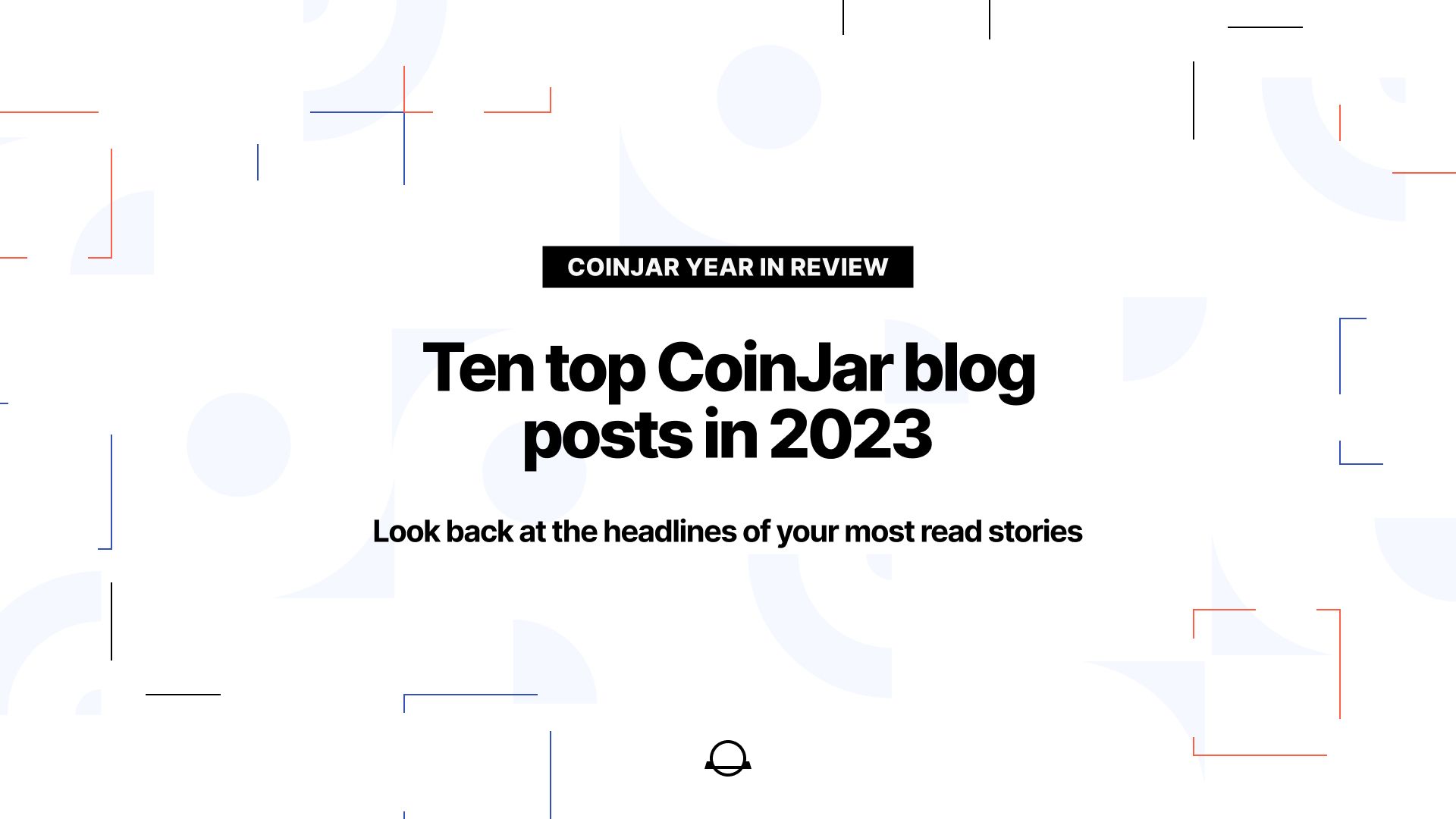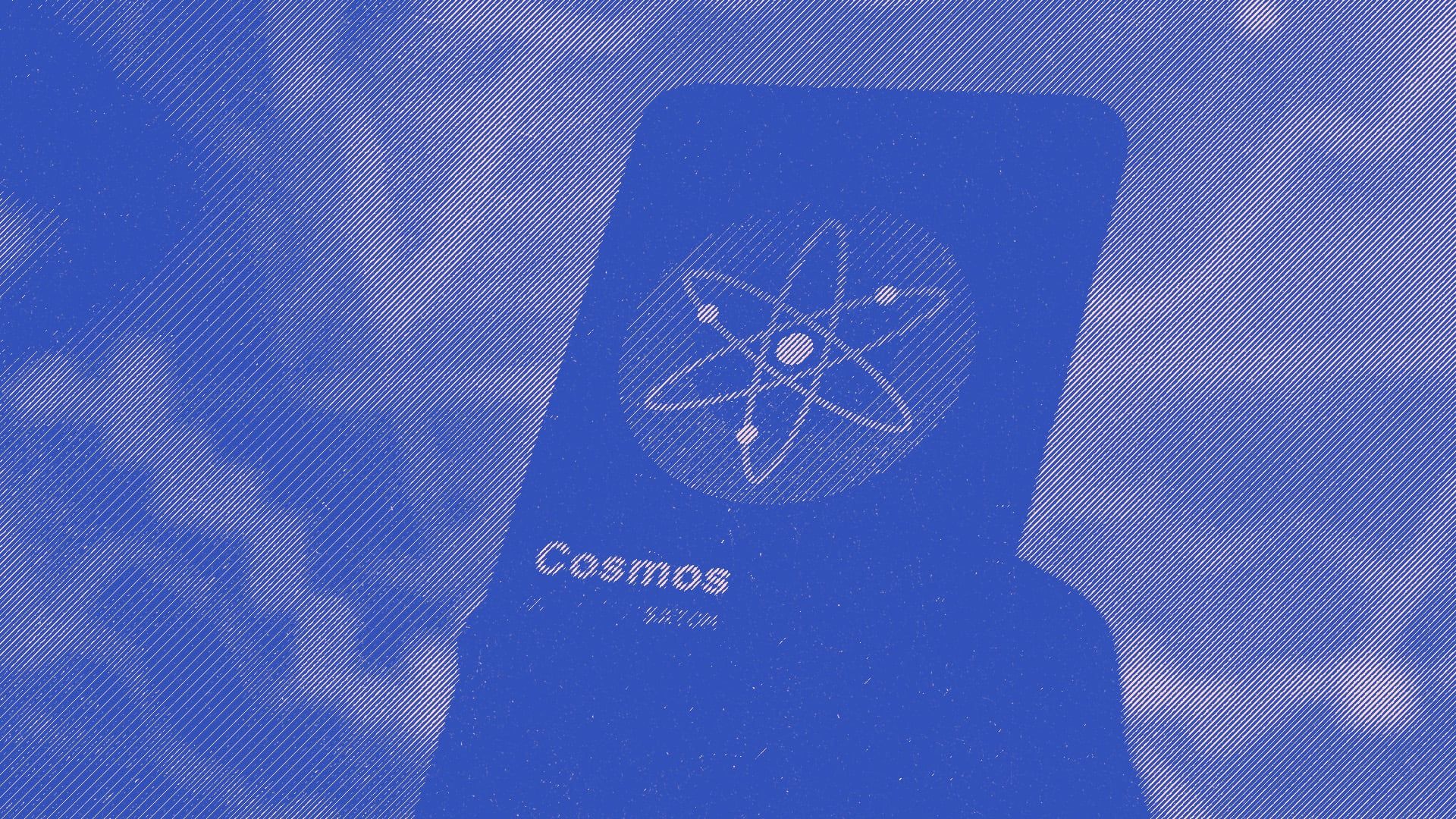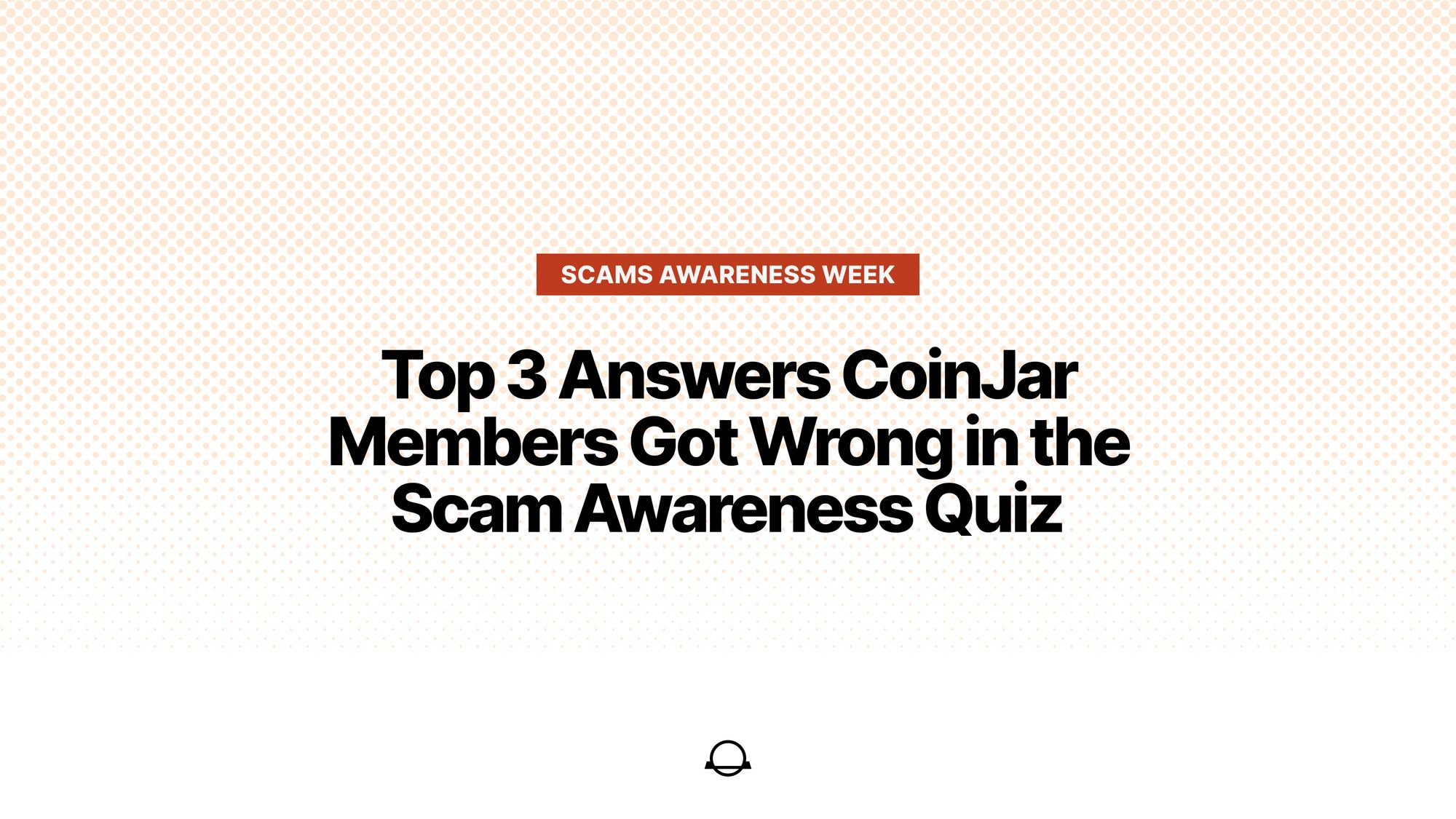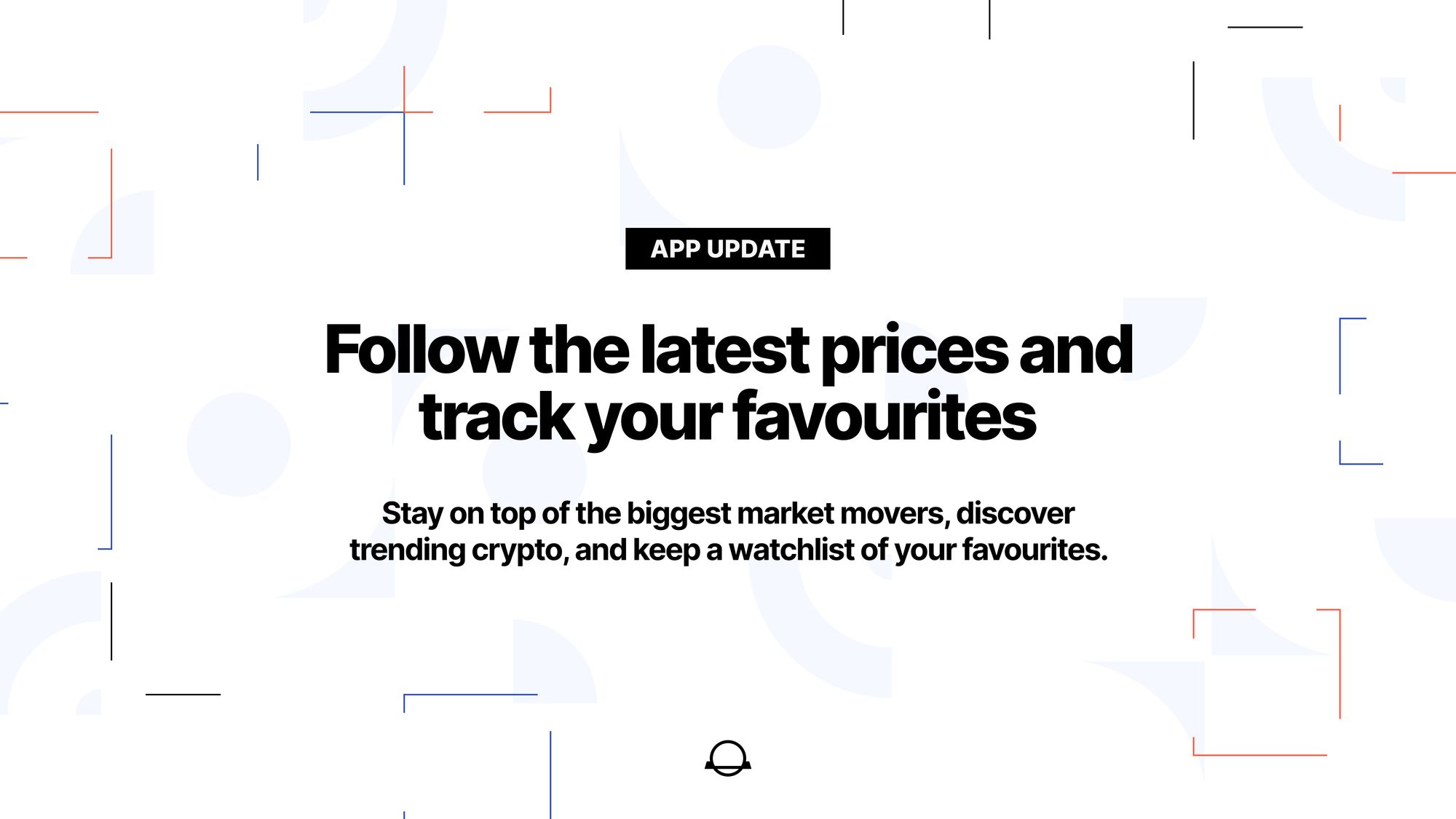Remember Ordinals, also called inscriptions, an NFT standard that arose on Bitcoin, allowing users to attach data to tokens? Well, it turns out this standard can easily be transferred to other chains, and it has spread like wildfire, wreaking...
Story One
Inscriptions claim a new victim

Remember Ordinals, also called inscriptions, an NFT standard that arose on Bitcoin, allowing users to attach data to tokens? Well, it turns out this standard can easily be transferred to other chains, and it has spread like wildfire, wreaking havoc outside of Bitcoin.
After taking down the TON blockchain earlier this month, Arbitrum has become the latest victim. L2s like Arbtirum are connected to the Ethereum mainnet via a (centralized) sequencer. Because inscriptions increase the data attached to transactions, they require more computing power to process. With a big data load comes a big responsibility - not something Arbitrum could handle.
1.5 hrs downtime followed. What's worse, traders started taking their transactions back to the Ethereum mainnet, where gas fees began to increase, leading to pretty much the opposite of what L2s were supposed to achieve: congestion on L1, and high fees.
Other chains haven't done much better. Gas fees on Avalanche went up to $400 when inscriptions hit the network, while NEAR wallets started showing errors because of the fast gas fee increase that they had never deemed possible.
Takeaway: No low-fee chain is safe. So, if you run a blockchain or L2 that advertises cheap fees, be careful what you wish for. While inscriptions have driven chains like zkSync to transaction records for L2s, others had their marketing claims exposed as nothing but white lies. As an outside observer, though, it's great entertainment.
Story Two
All I want for Christmas is Points

Anyone on crypto Twitter in the past few days will notice that points are the new alpha. Points are a great way to scale communities while relying entirely on off-chain, highly scalable infrastructure called servers.
It's one of those moments where crypto discovers something from the real world and adopts it with much fanfare. Even though Blur offered points to its traders, and so did Jito ahead of their million-dollar airdrop, it was only when Blast and Rainbow Wallet introduced their versions, that points became the current thing.
Blast, the infamous L2, em multi-sig, promising yield backed by Paradigm, introduced points for deposits and referrals with the unspoken promise that more points = more financial gains eventually. Rainbow Wallet went even bigger, giving points to everyone who had used Ethereum. Don't get the wrong idea, though. It's not that they had three ghosts visit them to make them realize that the real spirit of Christmas is generosity. This is just a vampire attack on their competitor. Anyone switching from MetaMask to Rainbow will get extra points.
Takeaway: Points aren't on-chain and can easily be created out of thin air (like tokens minus the gas fees ?). Like everything that goes well in crypto, others quickly copy and adopt the marketing strategy. This, too, shall pass.
Story Three
Solana let the dog out
Imagine you created a blockchain phone. You price it at an affordable $1000. Despite giving it a Solana OS, sales don't go well. A few months later you admit in an interview that only 2500 units were sold, which is somewhat of a fail.
This seemed to be the fate of the Solana Saga until, ten days later, Saga phones were flying off the shelves, quickly selling out in the U.S. and the European Union.
The reason? Degeneracy finds a way. Each Saga phone comes with an NFT that unlocks rewards, including $20 USDC and 30 million worth of Solana's dog memecoin BONK.
While the price of BONK didn't make it worth buying a phone in June this year, the memecoin has rallied since and is up more than 8000%. This rise created an arbitrage opportunity where buyers could offset the cost of the phone entirely. If they bought it at the normal sales price, that is ($599, after a heavy discount because of lackluster initial sales).
The surge in demand for this scarce asset quickly created secondary markets, on which some even spent $5000 for the phone.
 GIPHY
GIPHYTakeaway: They make fun of girl math, but honestly, this boy math isn't much better. At the current rate, you make roughly $600 when cashing in on the BONK reward. How's that a win when you spent $5000?! Someone needs a bonk.
Fact of the week: In case you were wondering, the Bonk Meme is already three years old. It started with a video showing a Shiba being hit with a hammer, followed by a Bonk sound effect and quickly spread to include other objects (No animals were harmed in making this video).Naomi for CoinJar
UK residents: Don’t invest unless you’re prepared to lose all the money you invest. This is a high?risk investment and you should not expect to be protected if something goes wrong. Take 2 minutes to learn more: www.coinjar.com/uk/risk-summary.
Cryptoassets traded on CoinJar UK Limited are largely unregulated in the UK, and you are unable to access the Financial Service Compensation Scheme or the Financial Ombudsman Service. We use third party banking, safekeeping and payment providers, and the failure of any of these providers could also lead to a loss of your assets. We recommend you obtain financial advice before making a decision to use your credit card to purchase cryptoassets or to invest in cryptoassets. Capital Gains Tax may be payable on profits.??
CoinJar’s digital currency exchange services are operated in Australia by CoinJar Australia Pty Ltd ACN 648 570 807, a registered digital currency exchange provider with AUSTRAC; and in the United Kingdom by CoinJar UK Limited (company number 8905988), registered by the Financial Conduct Authority as a Cryptoasset Exchange Provider and Custodian Wallet Provider in the United Kingdom under the Money Laundering, Terrorist Financing and Transfer of Funds (Information on the Payer) Regulations 2017, as amended (Firm Reference No. 928767).














